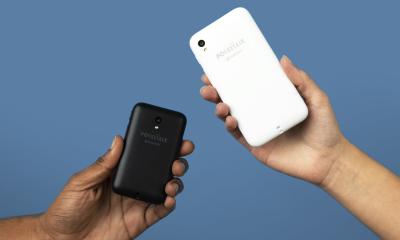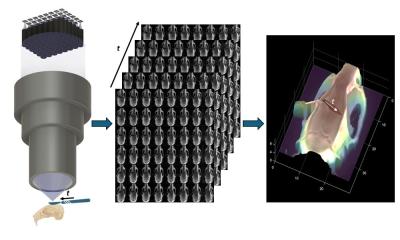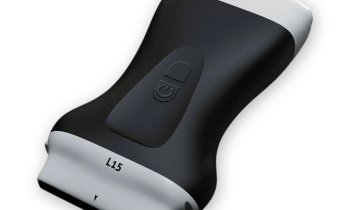Source: Pixabay/geralt
Article • Smartphone detection
Spectrometry? There's an app for that!
Checking a lump for malignancy, finding out if food is fresh, just with your smartphone? It’s possible, according to Eindhoven University of Technology researchers in the Netherlands.
Report: Madeleine van de Wouw
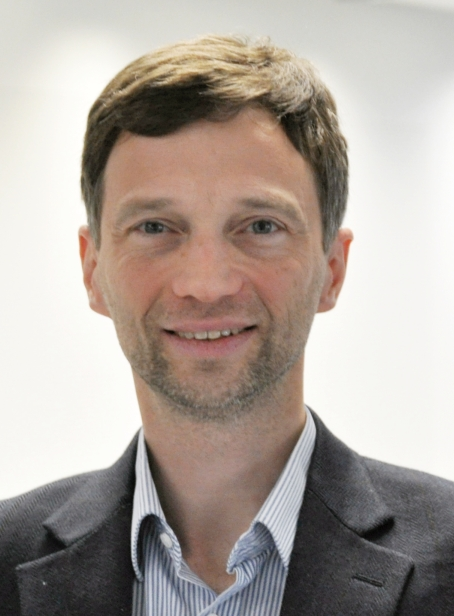
Their recently presented spectrometer is small enough to insert into a smartphone. This device is not yet ready for use on a big scale, Professor Andrea Fiore, supervisor of the Eindhoven research team points out. Spectrometry is the analysis of visible and invisible light. Every material and tissue has its own spectrum of light absorption and reflection. Some information on the spectrum of visible light is already gathered by our eyes – it gives the colour of the material. The invisible part of the spectrum also carries a lot of useful information, and can be ‘seen’ by a spectrometer. However, current devices are large due to the work they need to do: splitting light into frequencies (different colours). Each frequency must be measured separately, which can only be made some tens of centimetres after the splitting.
Small v. big
Created by Zarko Zobenica, a PhD candidate at Eindhoven under the supervision of Professor Fiore and colleague Dr Rob van der Heijden, the new microscale device is a small version of normal tabletop spectrometers currently used in scientific labs. The difference is the way the small spectrometer works.
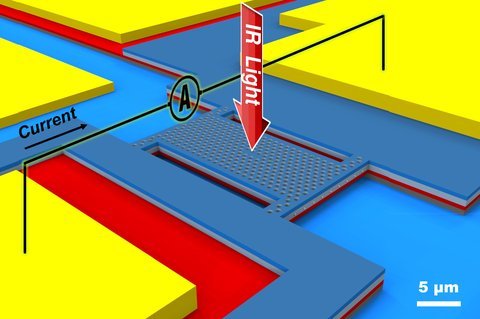
The researchers developed a sensor that uses a photonic crystal cavity, a ‘trap’ of just a few micrometers into which incoming light falls if it has the right frequency. Fiore: ‘This trap is contained in a membrane, into which the captured light generates a tiny electrical current that is precisely measured, retaining just a very tiny frequency interval and therefore measuring only light at that frequency.’ Two of the membranes were placed closely, one above the other, allowing them to influence one another: a slight change in distance means the measured light frequency also changes. To ensure a varying distance between the membranes, the researchers incorporated a MEMS (micro-electromechanical system). A similar type of MEMS is already present in smartphones and other devices to sense free fall and put the sensitive parts in secure mode before ground impact.
Fiore: ‘Using our present system, the sensor covers a wavelength range of around thirty nanometers, within which the spectrometer can discern some hundred thousand frequencies. This is exceptionally precise because we can control distance between the membranes to just a few tens of femtometers’ (one femtometer is one millionth of a billionth of a meter, or about one million times smaller than typical atom size).
Applications
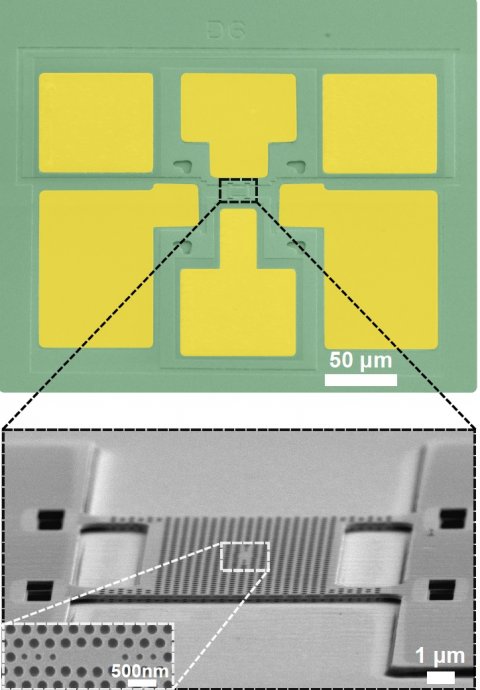
Measuring light gives a spectrometer a wide range of applications – two of the most interesting being in food and medical industries, says Fiore, used, for example, to measure CO2, check the pill you take is correct, measure blood sugar level via thin skin on the earlobes. Another application is to gain skin and tissue information, for example during surgery, using the spectrometer to determine whether exposed tissue is cancerous and help decide how much tissue to be removed, he suggests.
The frequency range is too small to use on a big scale, Fiore explains. ‘The sensor covers only a few percent of visible and near-infrared light, the most used part of the spectrum. We need to expand this range for more general use. We also will need to integrate a light source so that the smartphone sensor can function independent of external sources. So, it will take years before the new spectrometer will be integrated within a smartphone and at least ten years before it’s on the market.’
The future
Many companies and scientists are developing microspectometers, with different approaches. The Eindhoven team is also working to enlarge the measured spectrum width. ‘The technology will get there,’ Fiore assures. ‘The question is only whether a market for these microspectrometers exists and, if so, which company will produce them. If I’m correct, the future will show that having a spectrometer in your smartphone is as normal as having a camera. The only thing is the future must wait a couple of years.’
Profile:
Prof Andrea Fiore graduated in Electrical Engineering and Physics from the University of Rome ‘La Sapienza’. Between 1994-97, he wrote his PhD thesis on nonlinear frequency conversion in semiconductor waveguides at Thomson CSF Central Research Laboratory (Orsay, France). He held postdoctoral appointments at University of California in Santa Barbara, at the Ecole Polytechnique Fédérale de Lausanne in France and a research position at the Italian National Research Council. Between 2002-07, as assistant professor he led Quantum Devices activities at the Ecole Polytechnique Fédérale de Lausanne. Since October 2007, he has been Chair of Nanophotonics at Eindhoven University of Technology, the Netherlands.
30.10.2018



